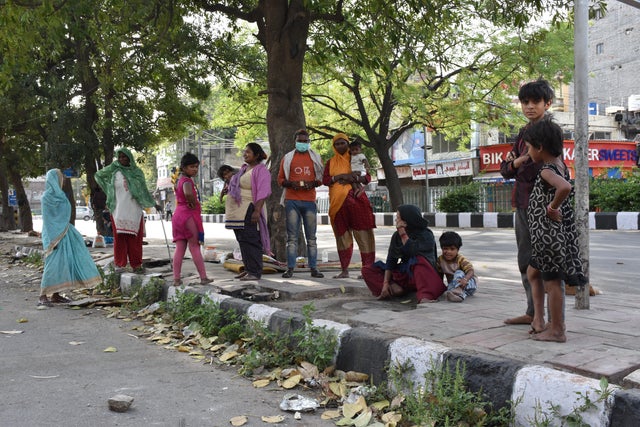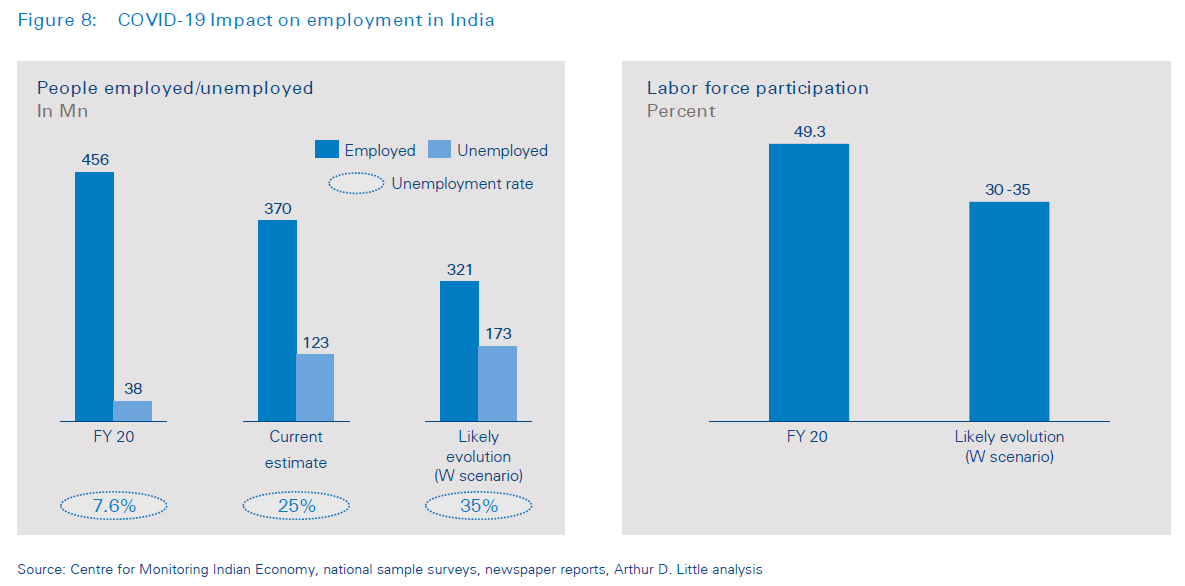Income Inequality In India To Be Widened Due To Pandemic, Which Has Hit Poor The Hardest

The COVID-19-induced lockdown that started on March 25 and is yet to be lifted has hit the economic activity. Sights of millions of walking, cycling or hitching rides back home have led to concerns over sustainability for the poor.
The COVID-19 pandemic has been difficult for the country’s poor going by income generation and consumption data, according to an analysis of data of 5 lakh people for May by a credit risk assessment company.
The COVID-19-induced lockdown that started on March 25 and is yet to be lifted has hit the economic activity. Sights of millions of walking, cycling or hitching rides back home have led to concerns over sustainability for the poor.

Private think-tank CMIE had said that unemployment in India had risen to 27 per cent as of May 3 and has improved later.
In its analysis, Creditvidya said even though there was a decline in the number of people with no income in May at 7.5 per cent of the workforce as against 9 per cent in April, the same was elevated when compared with the pre-COVID levels of 6 per cent.
However, incomes seem to be muted, as the percentage of workforce with earning less than Rs 3,000 a month continues to be elevated at 24 per cent of the workforce as against 15 per cent before the onset of the crisis, it said.
Covid-19 has magnified the fault lines within the consumer economy, especially income inequality, it said.
On the usage front, it pointed to the mass market segment (those earning between Rs 10,000-20,000 per month) data, which is showing a 40 per cent decline in consumption as compared to the pre-COVID levels.

The mass market segment constitutes for 70 per cent of the population, it said, adding that consumption declines are prevalent in the other 30 per cent as well for May.
Consumption by the mid-market (earning between Rs 20,000-60,000 a month) is down 21 per cent while the same for the affluent segment (those earning over Rs 60,000 per month) is down 17 per cent as compared to the pre-COVID levels, it said.
This has led to an increase in saving levels across the mid-market segment, it said, adding that this is a sign of conservatism.
The company’s co-founder and chief executive Abhishek Agarwal said, “Increasing credit supply alone will not get us out of this crisis. It requires a strong, meaningful fiscal stimulus to support the most vulnerable segments of the population. Left unchecked, the shock to consumption will affect credit growth and stymie production, taking the Indian economy into a downward spiral.
Follow us on Twitter. Feel free to comment on the blog and give us your valuable feedback.



Comments
Post a Comment